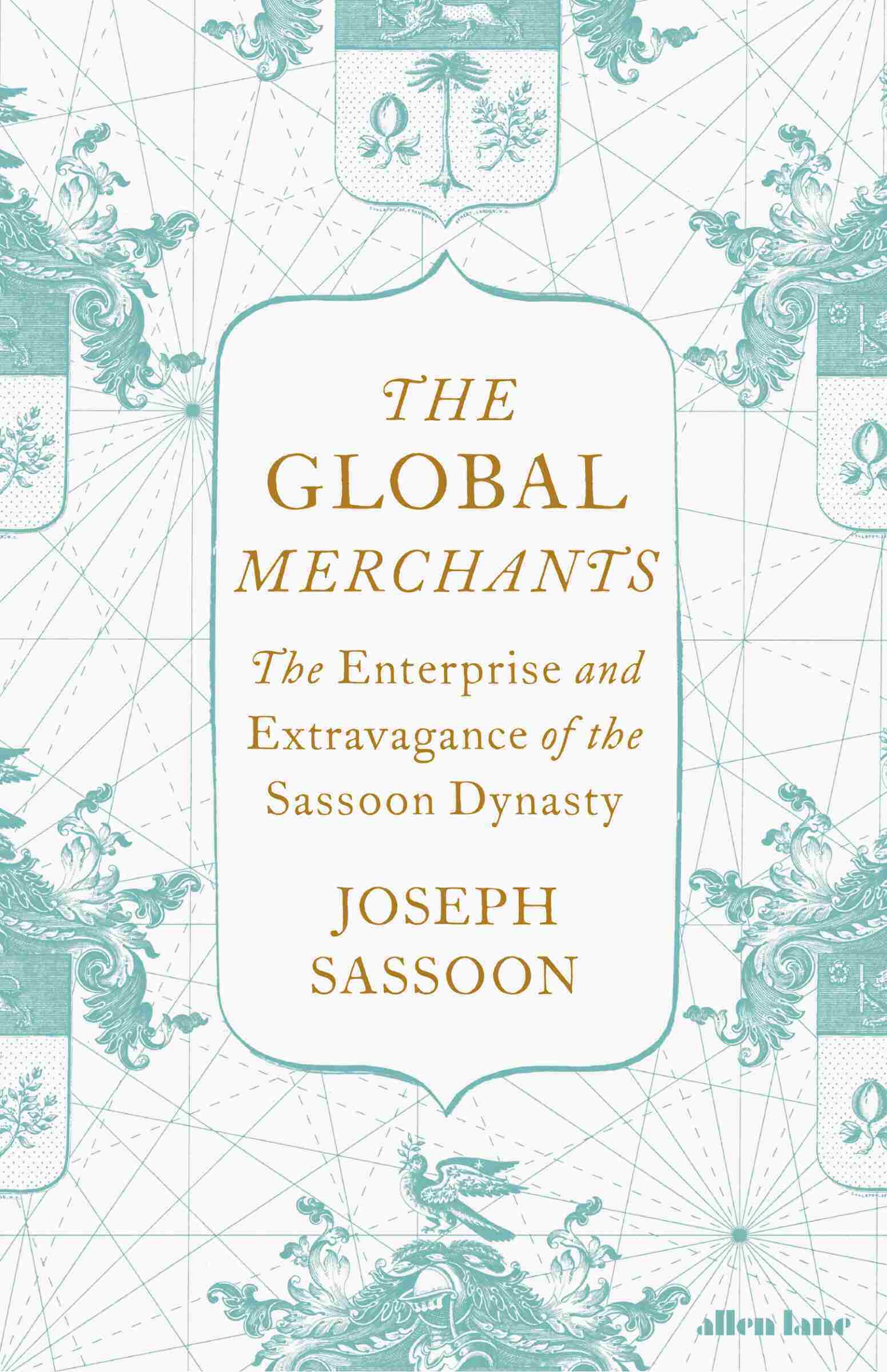
Review | The Sassoon dynasty and its succession problem: how bad decisions and infatuation with the English aristocracy destroyed its business empire, told by a Sassoon
- The Sassoon dynasty built the greatest family business empire of modern times with astonishing speed, and just as quickly successors frittered its fortune away
- Joseph Sassoon charts its rise, which saw the first woman run a global business, and its fall, which he blames on poor choices and the family’s anglicisation
The Global Merchants: The Enterprise and Extravagance of the Sassoon Dynasty, by Joseph Sassoon, pub. Allen Lane
At its height, in the early 20th century, the Sassoon dynasty far exceeded just about any other family business in history. Stretching from roots in Baghdad, spanning the Indian subcontinent, becoming a force in the coastal cities of China and the smart drawing rooms of Mayfair, the dynasty had wealth and staying power … until it didn’t.
There is a shelf of books on the Sassoons, but this is the first comprehensive history by one of its own. Joseph Sassoon, an American academic specialising in Iraq, hails from a branch of the family descended from Sheikh Sassoon (1750-1830) that divided from the main bough in the 19th century.

Fortunately, given the wealth of archives consulted for this book, Sassoon is fluent in Arabic, Hebrew and the Baghdadi-Jewish dialect, the arcane patois of much of the family’s internal business correspondence.
The Global Merchants charts the century-long trajectory of the Sassoon empire – the rise from obscurity to prominence as successful merchants in Baghdad who followed the spread of the British Empire eastward. Sassoon presents a tale of commercial derring-do and a dissection of the paperwork, the exigencies of calm but rapid decision-making that could lead to boom or bust.
It is a story of larger-than-life individuals, starting with the observant and patriarchal Baghdad-born David Sassoon (1792-1864), who moved the family to Bombay (now Mumbai) and entered the opium trade. He followed the money and sent his sons onwards to Canton (now Guangzhou), Hong Kong and Shanghai.
David’s son Solomon (1841-1894) expanded the China trade. After his death, his wife Flora (1859-1936) took over the business and extended its reach into the heart of the Empire, establishing the dynasty’s London branch. Flora was the first woman to helm a global business, yet is rarely mentioned in other studies of the dynasty.
Contrast these somewhat austere merchants with the next generation and Cambridge-educated bon vivant Sir Victor Sassoon (1881-1961) indulging his passions for horses, saucy photographs and high-octane cocktails.

A staggering fortune was amassed from opium, of course, but also silver, gold, silk, wheat and cotton. No commodity was left unexplored, and an architectural legacy was created, too, from David Sassoon’s Magen David Synagogue, in Bombay, to Victor Sassoon’s Cathay Hotel, in Shanghai, so that an ever-diversifying conglomerate encompassed hotels, brokerages and rents, alongside commodity trading.
Profits were balanced to an extent by charitable endeavours and philanthropy, ranging from hospitals in Poona and schools in Calcutta to support for European Jewish refugees arriving in wartime Shanghai.
But the trajectory culminates with the question: what happened to the Sassoons? After World War II the trading greatness and wealth petered out. Dissipated and gone barely a century after David Sassoon found a role as a middleman between British textile firms and Persian merchants, the House of Sassoon is now history. So naturally we ask what were the missteps? Who blew the money?

As with most things, there is no simple answer. Decisions made at earlier junctures returned to haunt them – leaving India, underestimating the Japanese threat, dependence on Shanghai, fratricidal competition that sapped their collective strength. The interdependency of the Sassoons and Empire meant that as the latter decomposed the former was left adrift.
Joseph Sassoon also suggests a more protracted and subtler problem – “anglicisation”. Too many of the family became enamoured of the English aristocracy. The hard work ethic of previous generations was lost. They spent vital energy better used on taking their business into a new, and uncertain, post-war world, on obtaining titles and status in London.
The author recounts an older Sassoon lamenting the younger members of the business arriving at the office at 11am, working for a few hours and then heading off to the racecourse.

Victims of their own success? The obsession with social and political standing of a later generation came seemingly at the expense of their ancestors’ hard drive, which produced the wealth that facilitated the entrée in the first place. Succession, as television viewers now know, is a tricky business.

